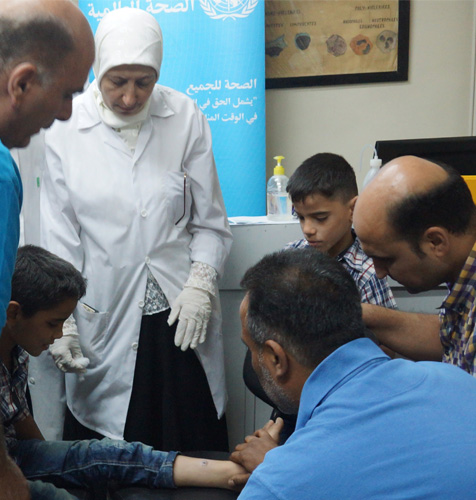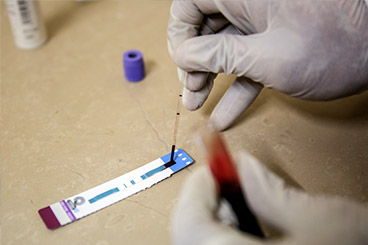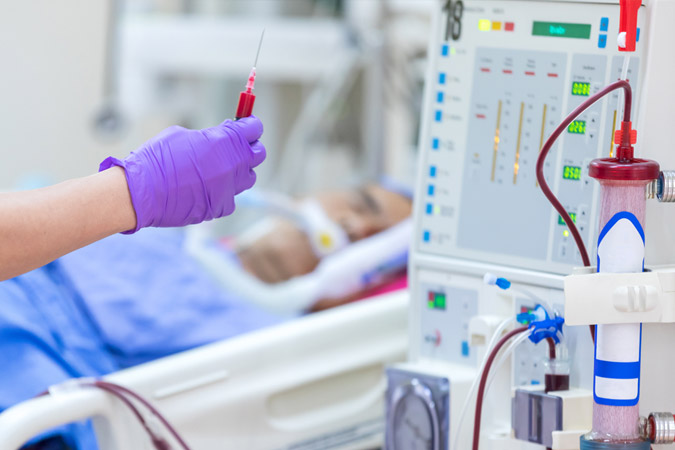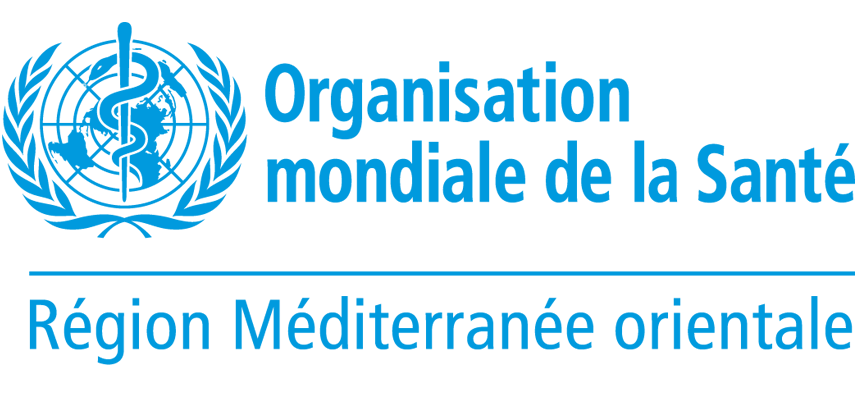Measles
Despite access challenges, considerable success has been achieved in halting the spread of measles in Syria. In 2019, following a rise in the number of confirmed cases of measles in two consecutive years (2017 and 2018), WHO supported four mass measles vaccination campaigns to control the outbreak and strengthen routine immunization activities in all governorates. Only 27 cases of measles were confirmed in 2019, compared with 738 and 329 in 2017 and 2018, respectively.
In northern Syria, 716 suspected measles cases were reported in 2019, a figure 25 times lower than the 17 931 cases reported a year earlier. The highest numbers of suspected cases were from Idleb, Aleppo (northwest Syria) and Ar-Raqqa (northeast Syria). The significant decrease can be partly attributed to the two measles and rubella vaccination campaigns conducted in 2018 as well as increased routine immunization services in the northwest.

Leishmaniasis
Cutaneous leishmaniasis (CL) is endemic in Syria. This parasitic disease is caused by protozoa of the genus Leishmania, transmitted by the bites of sandflies. Transmission of the disease occurs during the sandfly season from May to September each year, but the lesions only begin appearing between October and December. In total, 89 357 cases of leishmaniasis were reported in all of Syria between January and December 2019. The northern governorates of Aleppo, Al-Hasakeh, Ar-Raqqa, Deir-ez-Zor and Idleb accounted for 94% of cases.
In northwest Syria, the number of new cases of CL rose sharply. One health cluster partner alone diagnosed and treated 17 653 new cases, representing an increase of 63% compared with 2018. The most affected areas were Idleb and Harim district in Idleb governorate followed by Jebel Saman in Aleppo governorate. WHO’s office in Damascus conducted 11 workshops on CL surveillance, management and diagnosis, and equipped 270 health workers and laboratory technicians in Aleppo, Al-Hasakeh, Damascus, Deir ez-Zor, Lattakia and Tartous with tools to tackle the spread of the disease. Nearly 70 000 insecticidetreated nets were delivered to Aleppo, Ar-Raqqa and Deir-ez-Zor, benefitting more than 200 000 people. WHO also provided 302 000 ampoules of meglumine antimoniate to treat approximately 60 000 leishmaniasis patients. WHO’s office in Gaziantep distributed 140 000 bednets, trained 1450 health care providers and provided medicines, instruments and materials for the indoor residual spraying of 182 000 households.

HIV
In Syria in 2019, 58 patients were diagnosed with HIV, suggesting the notification rate (1 per 100 000 people) had remained unchanged compared with previous years. Damascus and Aleppo, Syria’s two largest cities, reported 20 and 10 patients each. WHO supported seven HIV workshops attended by 165 health workers in Damascus. Training encompassed the national protocol for managing patients with HIV, preventing the mother-to-child transmission of HIV, and other topics. In July, high-risk groups in Al-Hol camp were screened for HIV and invited to awareness and counselling sessions. No HIV cases were detected.

Haemodialysis services
Haemodialysis centres throughout Syria suffer from a lack of central management, poor IPC practices and limited services for patients with hepatitis B and C virus (HBV and HCV) and HIV. Securing dialysis kits and maintaining machines and water treatment units are constant challenges. Widespread shortages of haemodialysis facilities have meant that that thousands of Syrians have had no access to these life-saving services.
In 2019, WHO’s updated service map of haemodialysis facilities in northwest Syria showed that 21 centres (nine in Aleppo and 12 in Idleb5) were carrying out 6500 sessions for 655 patients each month. WHO’s survey of bloodborne viruses among these patients showed that 320 (48%) had HCV, 29 had HBV and one patient had HIV. WHO conducted an HBV vaccination campaign and procured IPC and haemodialysis kits for 500 patients for six months. WHO supported five haemodialysis centres in northeast Syria by maintaining equipment, delivering water supplies and purification systems, providing 10 haemodialysis machines and supporting 10 900 haemodialysis sessions.



